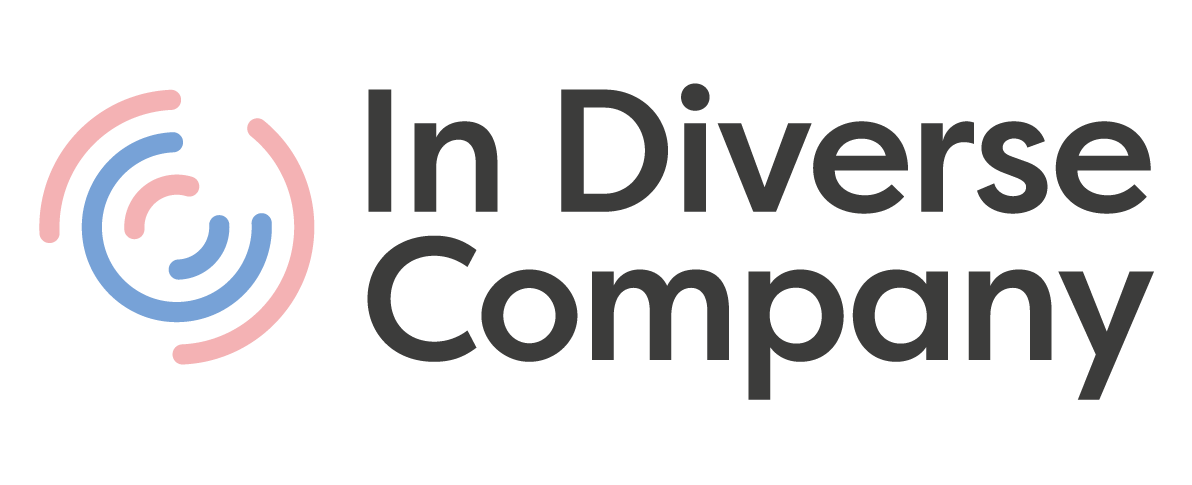By Will Nollett, Head of Data and Analysis
Practices induced by this fixation on describing the intangible with the quantifiable are, in many ways, unhelpful. The field of Diversity & Inclusion is no different. D&I is a key focus in today’s society as there is a genuine desire to create more inclusive communities. Unfortunately, the established approach is to target diversity numbers and expect inclusion to materialise. But in reality, this paradigm is flawed: a group’s level of inclusion is more nuanced than its diversity statistics suggest.
As an analyst of D&I data, it would make my life a lot easier if diversity statistics told the whole story when describing a group’s culture with respect to inclusion. Diversity data is, for the most part, objective and measurable. We fit everyone into convenient categories and turn their lived experiences into numbers for analysis, making it ostensibly straightforward for D&I analysts to interpret the results, draw conclusions, and make recommendations. This is why there is a focus on the collection and analysis of diversity data rather than inclusion. Sincere efforts made to improve the experiences of those from underrepresented demographics are being undermined by a lack of understanding of how to measure progress – diversity statistics are seemingly all we have.
At the risk of sounding like a data analyst who is against collecting data, I have to be clear. I am not against diversity data itself, but the false assumptions under which it is misused. An increase in diversity numbers may well be the result of a more inclusive culture. However, if like many organisations today, the increase in diversity numbers is down to a contrived quota-based strategy, rather than a genuine effort to improve employee well-being, it is quite possible the increasing diversity numbers are not driving an inclusive culture at all.
The problem isn’t solely that we use diversity to measure inclusion, but the very nature of targeting diversity statistics means diversity is no longer an appropriate measure of inclusion. As Charles Goodhart wrote in 1975:
“Any observed statistical regularity will tend to collapse once pressure is placed upon it for control purposes.”
Or, using the better-known rephrasing by Marilyn Strathern, “When a measure becomes a target, it ceases to be a good measure.”
In order to measure inclusion, we need to understand how individuals feel, rather than just what boxes they tick. By speaking to those from different demographics and gaining insight into real experiences, such as how people are treated and if they feel opportunities are equal, we can build a better picture of inclusion overall. We can, and should, continue to use diversity numbers to better understand group biases and dynamics. But bear in mind that without evidence of inclusive practices, their help to us is limited.
Further Reading:






